Isosilybin
Synonym(s):Isosilybin, mixture of isomers;Isosilybinin
- CAS NO.:72581-71-6
- Empirical Formula: C25H22O10
- Molecular Weight: 482.44
- MDL number: MFCD09842608
- SAFETY DATA SHEET (SDS)
- Update Date: 2024-11-19 23:02:33
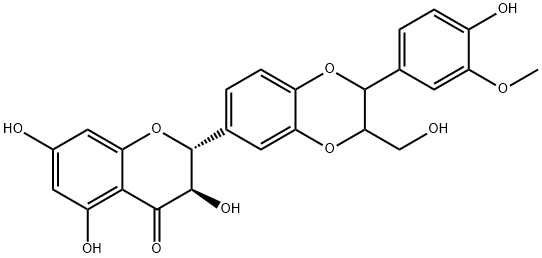
What is Isosilybin?
Description
Isosilybin is a flavanolignan found in the extract of S. marianum fruits with antioxidant and anticancer activities. It inhibits lipid peroxidation in rat liver microsomes (IC50 = 32 μM) and reduces ADP/Fe3+-induced malondialdehyde (MDA) production and lactate dehydrogenase (LDH) release in rat hepatocytes. Isosilybin inhibits the production of reactive oxygen species (ROS), MDA and LDH release, and reduction in total antioxidant capacity induced by amyloid-β (25-35) (Aβ25-35) in HT-22 hippocampal cells. It also increases protein and mRNA expression of heme oxygenase-1 (HO-1), glutathione S-transferase (GST), and the aldo-keto reductases (AKCR) 1C1 and AKCR1C2 in HT-22 cells. In vivo, isosilybin (50 and 100 mg/kg) reduces tumor volume and increases tumor cell apoptosis in a DU145 prostate cancer mouse xenograft model. It also reduces expression of the tumor angiogenesis markers CD31, nestin, VEGF, VEGFR1, VEGFR2, phospho-Akt, and HIF-1α in tumor tissue without reducing blood vessel count in non-cancerous liver, lung, and kidney tissue in DU145 tumor-bearing mice.
The Uses of Isosilybin
Isosilybin is useful in the treatment of liver disease
What are the applications of Application
Isosilybin is a flavonoid for proteomics research
Definition
ChEBI: A flavonolignan isolated from Silybum marianum.
Definition
The flavonolignan isosilybin is one of the components of the flavonoid complex extracted from the seeds of Silybum marianum (milk thistle), designated silymarin. Besides isosilybin, silymarin contains other flavonoids (congeners), such as silybin, 2,3-dehydrosilybin, silydianin, silychristin, isosilychristin, and taxifolin and ca. 20–30% is an undefined polymeric phenolic fraction. However, several recent studies have demonstrated that isosilybin is probably the most potent anticancer agent in silymarin. Isosilybin was shown to possess in vivo anti-proliferative, anti-angiogenic, pro-apoptotic, and cell-cycle modulatory properties. Moreover, isosilybin and especially isosilybin B inhibited the growth of advanced human prostate cancer cells in vivo without any toxic effects[1].
References
[1] Radek Ga?ák . “Preparative method for isosilybin isolation based on enzymatic kinetic resolution of silymarin mixture.” Process Biochemistry 48 1 (2013): Pages 184-189.
Properties of Isosilybin
| Boiling point: | 793.0±60.0 °C(Predicted) |
| Density | 1.527±0.06 g/cm3(Predicted) |
| storage temp. | Store at -20° C |
| solubility | DMF: 20 mg/ml; DMF:PBS (pH 7.2) (1:9): 0.5 mg/ml; DMSO: 10 mg/ml; Ethanol: 0.1 mg/ml |
| pka | 7.39±0.60(Predicted) |
| form | Solid |
| color | White-light yellow |
Safety information for Isosilybin
| Signal word | Warning |
| Pictogram(s) |
 Exclamation Mark Irritant GHS07 |
| GHS Hazard Statements |
H302:Acute toxicity,oral |
| Precautionary Statement Codes |
P264:Wash hands thoroughly after handling. P264:Wash skin thouroughly after handling. P270:Do not eat, drink or smoke when using this product. P501:Dispose of contents/container to..… |
Computed Descriptors for Isosilybin
New Products
(S)-3-Aminobutanenitrile hydrochloride 4-Methylphenylacetic acid N-Boc-D-alaninol N-BOC-D/L-ALANINOL Tert-butyl bis(2-chloroethyl)carbamate 3-Morpholino-1-(4-nitrophenyl)-5,6-dihydropyridin- 2(1H)-one Furan-2,5-Dicarboxylic Acid Tropic acid 1-Bromo-3,5-Di-Tert-Butylbenzene S-2-CHLORO PROPIONIC ACID ETHYL ISOCYANOACETATE 2-Bromo-1,3-Bis(Dimethylamino)Trimethinium Hexafluorophosphate 4-IODO BENZOIC ACID 3-NITRO-2-METHYL ANILINE 1-(2,4-DICHLOROPHENYL) ETHANAMINE (2-Hydroxyphenyl)acetonitrile 4-Bromopyrazole 2-(Cyanocyclohexyl)acetic acid 4-methoxy-3,5-dinitropyridine 1-(4-(aminomethyl)benzyl)urea hydrochloride 2-aminopropyl benzoate hydrochloride diethyl 2-(2-((tertbutoxycarbonyl)amino) ethyl)malonate tert-butyl 4- (ureidomethyl)benzylcarbamate Ethyl-2-chloro((4-methoxyphenyl)hydrazono)acetateRelated products of tetrahydrofuran


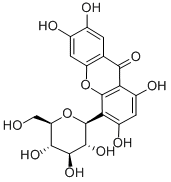
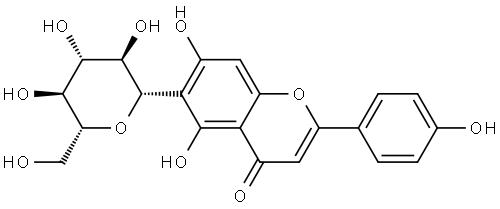
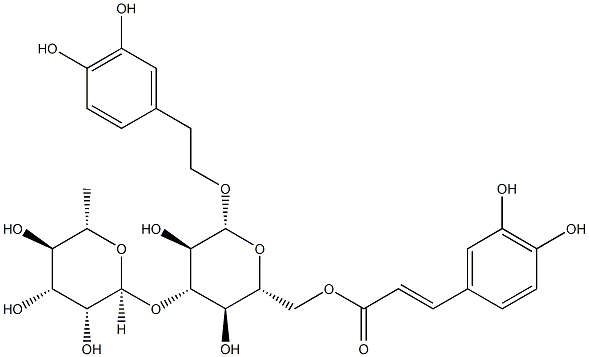
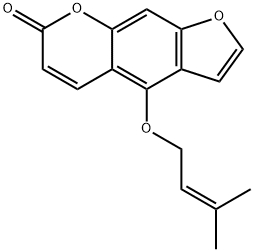
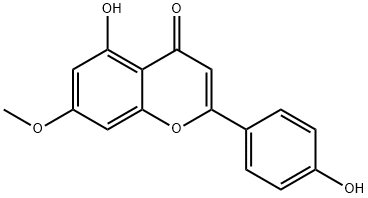
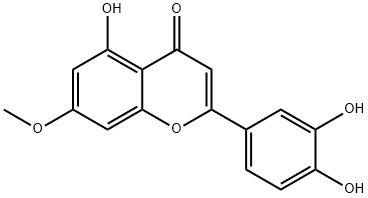
You may like
-
 Isosilybin (A + B mixture) CAS 72581-71-6View Details
Isosilybin (A + B mixture) CAS 72581-71-6View Details
72581-71-6 -
 2033-24-1 98%View Details
2033-24-1 98%View Details
2033-24-1 -
 1975-50-4 98%View Details
1975-50-4 98%View Details
1975-50-4 -
 2-HYDROXY BENZYL ALCOHOL 98%View Details
2-HYDROXY BENZYL ALCOHOL 98%View Details
90-01-7 -
 2-Chloro-1,3-Bis(Dimethylamino)Trimethinium Hexafluorophosphate 221615-75-4 98%View Details
2-Chloro-1,3-Bis(Dimethylamino)Trimethinium Hexafluorophosphate 221615-75-4 98%View Details
221615-75-4 -
 61397-56-6 CIS BROMO BENZOATE 98%View Details
61397-56-6 CIS BROMO BENZOATE 98%View Details
61397-56-6 -
 14714-50-2 (2-Hydroxyphenyl)acetonitrile 98+View Details
14714-50-2 (2-Hydroxyphenyl)acetonitrile 98+View Details
14714-50-2 -
 118753-70-1 98+View Details
118753-70-1 98+View Details
118753-70-1